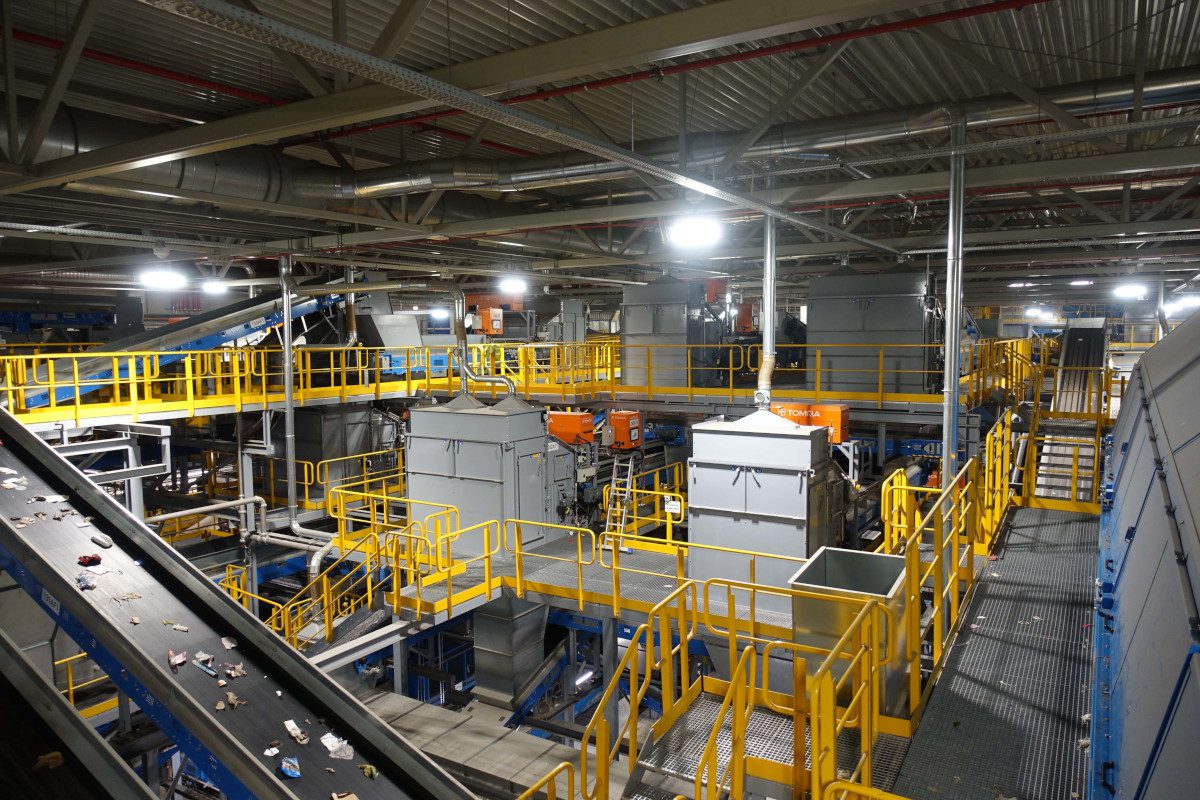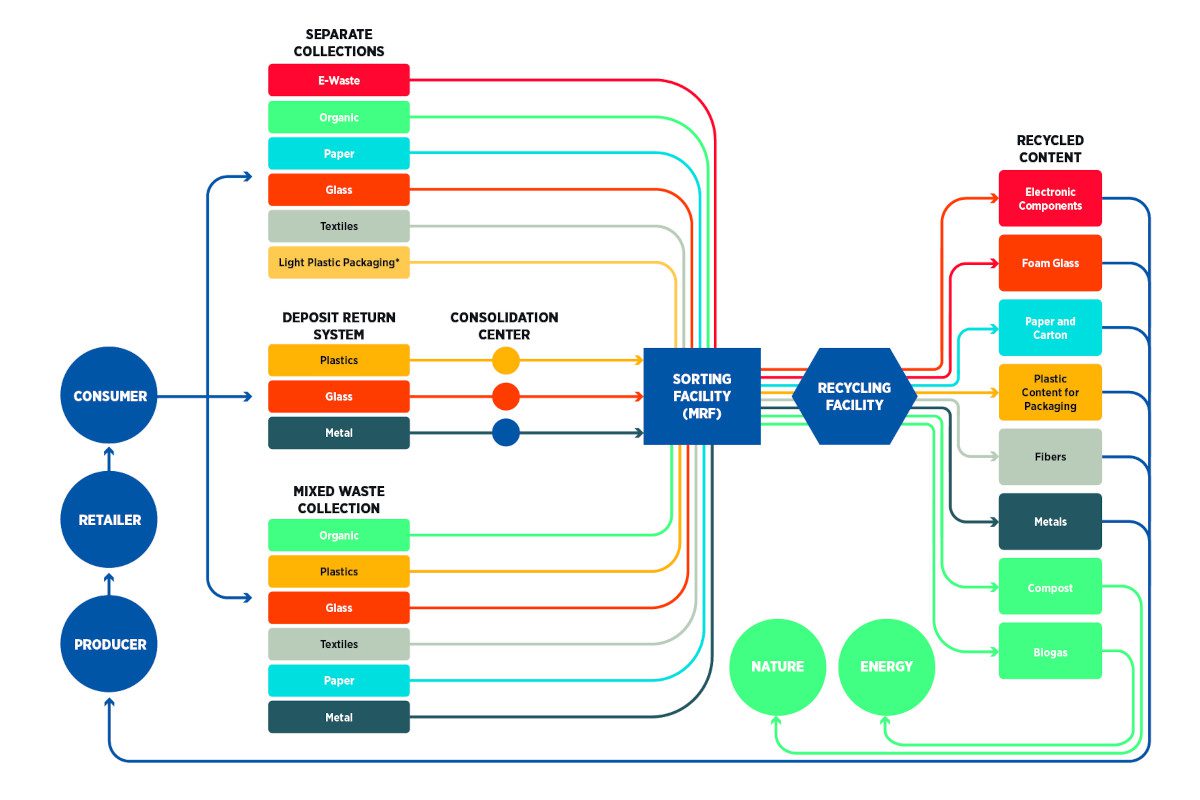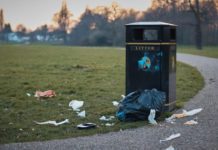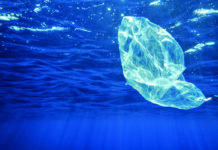
A new study appears to demonstrate the potential of an optimized waste management system to make significant strides in the reduction of CO2 emissions.
Commissioned by recycling equipment manufacturer TOMRA, and carried out by London-based consultancy for sustainability Eunomia, the report says that a reduction of 2.76 billion tonnes of CO2/year is possible through the use of “holistic resource systems” deploying an optimised combination of waste management practices (for collection, sorting and recycling) to facilitate the transition to a circular economy.
Such systems also imply an ideal combination of political framework regulations (such as extended producer responsibility, deposit return schemes, and so on) and technical processes for waste handling.
Eunomia says it has examined various models to identify the most efficient, cost-effective scenario for a holistic system, and the outcome is clear:
• Deposit return systems for PET bottles and metal beverage containers, which deliver a return rate of over 90%, should play a central role in such a system.
• As regard to remaining household waste, only biowaste, paper, textiles, and electrical and electronic equipment should be collected separately.
• The rest should remain in a mixed waste stream which can be most efficiently separated into reusable materials for further recycling.
This will enable regionally customized holistic models to cut global CO2 emissions by up to 5% – the equivalent of grounding all commercial flights globally and taking 65% of cars off the road.
“Now is the time for real action to ensure societies stop wasting resources with all the related negative consequences. In many places, the pandemic helped to meet Paris Climate Agreement goals,” underlines Volker Rehrmann, Executive Vice President and Head of TOMRA Recycling/Mining & Circular Economy Division. “But even maintaining this level will require determined and consistent implementation, including holistic systems, to close the loops.”
The three elements of holistic waste management are:
• Deposit return schemes (DRS) for PET and metal beverage containers deliver a return rate of more than 90%. They maximize captures of high quality, high carbon-intensity material while reducing litter.
• Separate collections of biowaste, paper, textiles and electrical and electronic equipment (WEEE) enable these materials to be recycled for the greatest carbon benefit. Although separate collections are an intrinsic part of holistic resources, the capture rates in even best practices are not good enough. Further sorting of the residual waste fraction will always be necessary.
• Mixed waste sorting (MWS) generates additional collection and recycling rates above and beyond what the other elements can deliver. The incineration or landfilling of plastics and other high carbon materials generate unnecessary greenhouse gas (GHG) emissions. MWS reduces those emissions and returns more materials to the system for incorporation into new products. MWS needs to be considered an investment priority now, as it is a required backstop to ensure waste management systems capture as many resources as possible for recycling.
To discuss these concepts and a recently released white paper, TOMRA held a webcast “Holistic Resource Systems” with Dr. Volker Rehrmann, EVP, TOMRA and guest Joe Papineschi, Chairperson, Eunomia, which you can view here.

Click on the above flow chart to enlarge.
Appendices
1. Best practice DRS – Lithuania
In February 2016, the government of Lithuania implemented a “deposit return system”, to give consumers an incentive to return used beverage containers for recycling. TOMRA supported Lithuania with the implementation of their new container deposit system, launched in February 2016 with a tight ramp-up timeframe. The roll-out represented the first time ever that TOMRA worked with a “throughput” model in Europe. The Lithuanian container deposit scheme has exceeded expectations, with 91.9% of all beverage containers returned for recycling by the end of 2017. More information is available at: https://www.tomra.com/en/collection/reverse-vending/case-studies/roll-out-lithuania
2. Best practice MWS – IVAR IKS/Stavanger
An exemplary model of the Holistic Resource Systems framework is in the region surrounding Stavanger, Norway. Before the analysis, the region offered a comprehensive system of separate collections for organic (food and garden) waste, paper, plastic packaging, glass, and textiles. The IVAR IKS system now processes all its residual municipal solid waste in one of the most advanced MSW plants in Europe. The result: a newly constructed, fully automated mixed waste sorting plant, including brand new facilities for plastics reprocessing and paper sorting.
IVAR IKS achieved significant improvements in the overall recycling rates, with plastics and metals recovery being most notable in reducing climate change emissions. The implemented system changes including mixed waste sorting has resulted in class leading recycling rates. As of 2021, the IVAR IKS ranks 1st in Norway in post-consumer plastic packaging collection rates.






